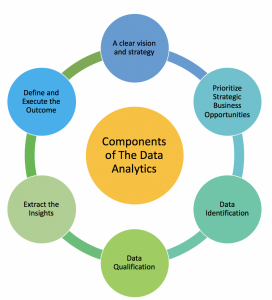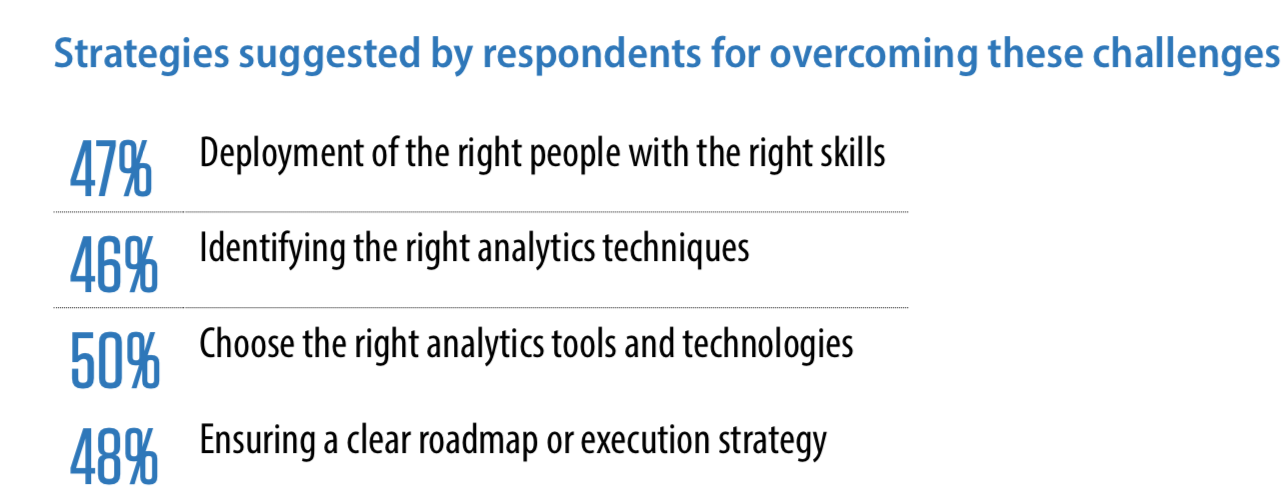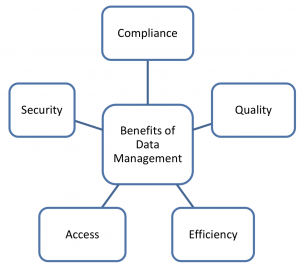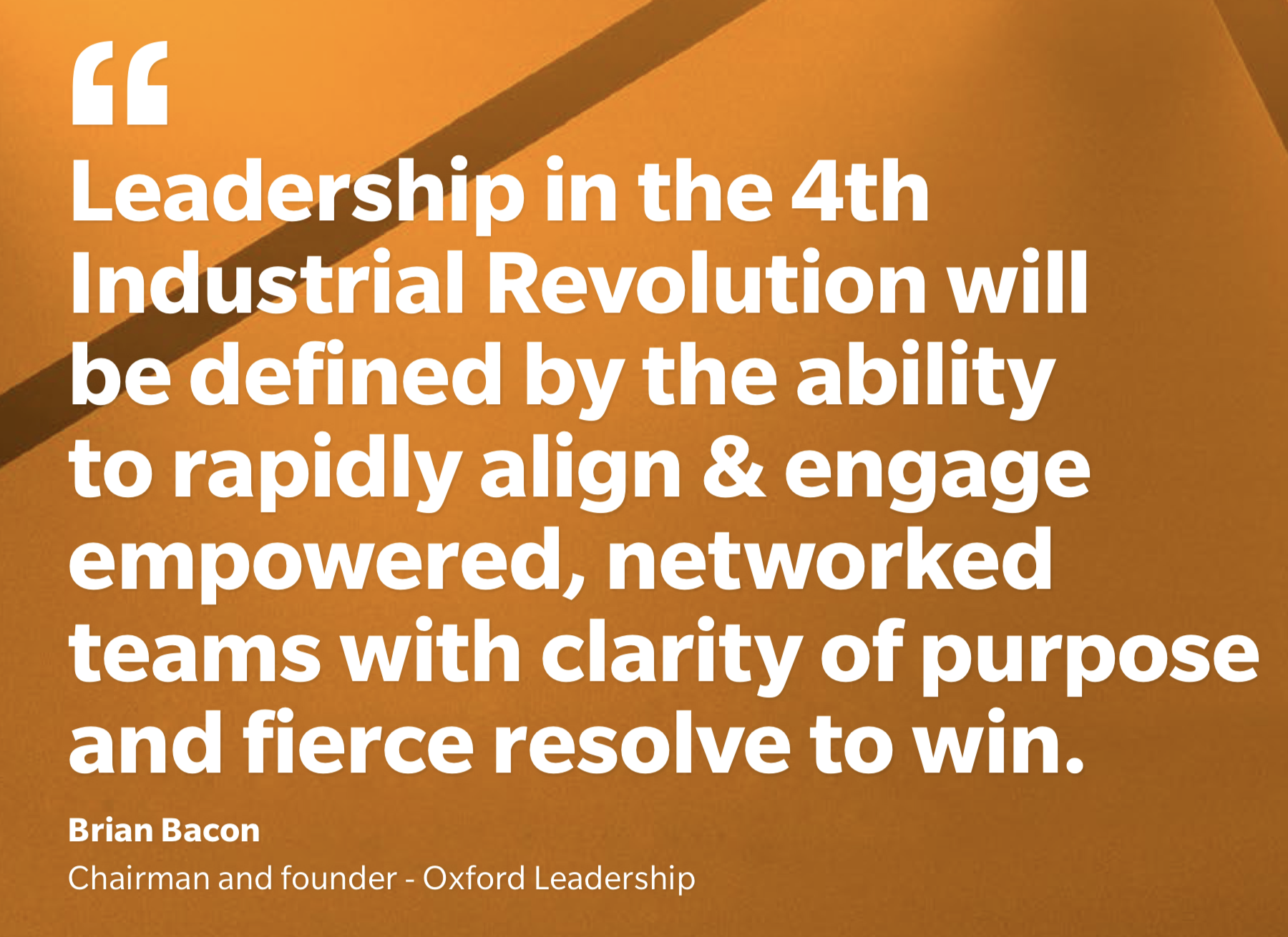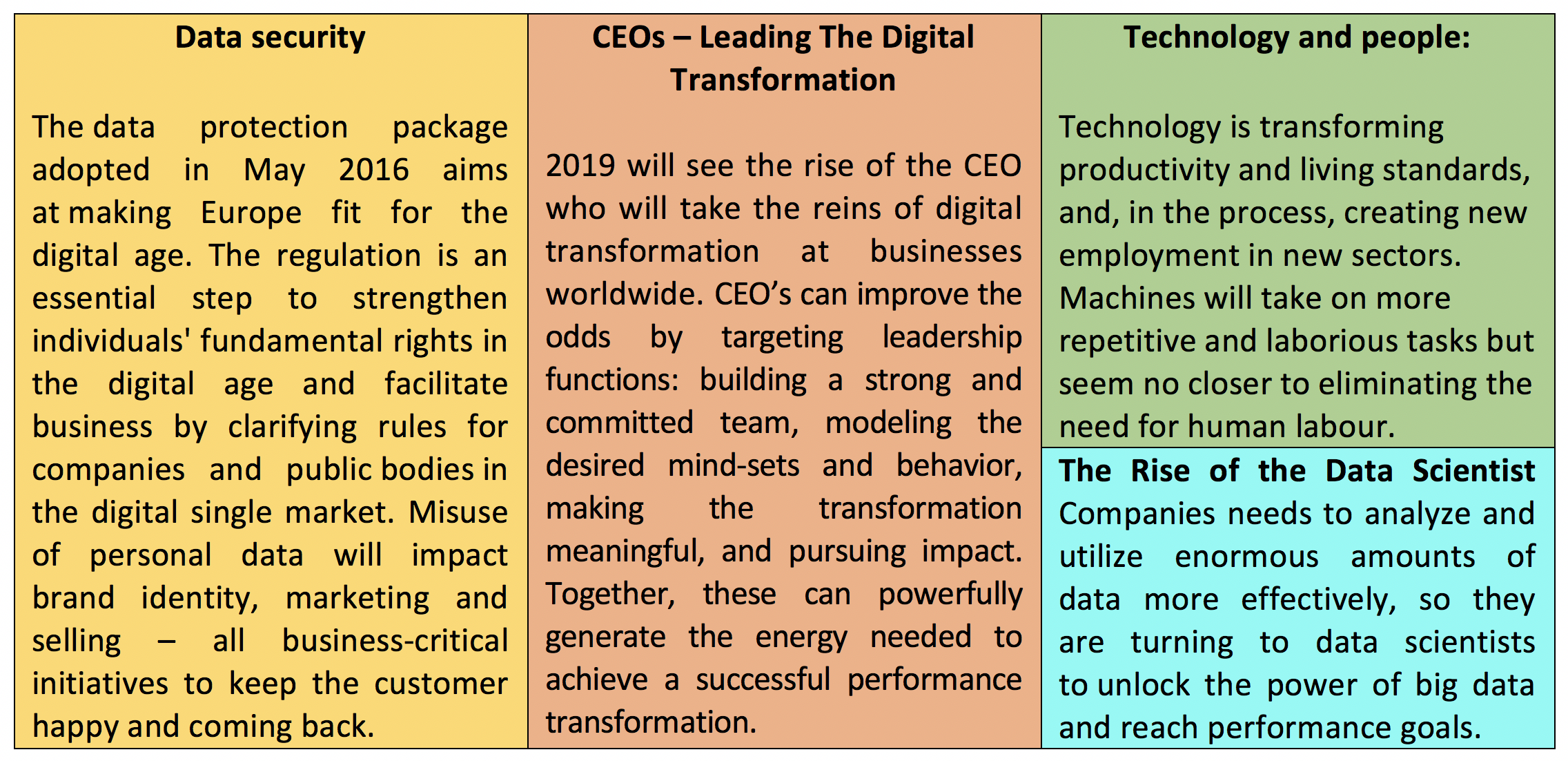Corporate Survival : The Rules of Innovation

Nowadays, in high-tech industry, innovation has an important role in the process of developing successful products and services. Innovation has always been described as the creation of revolutionary ideas in the technology and business areas where the main objective is to improve the existing products or to develop new products or services that will offer the company a good position in the market.
In order to achieve success in the innovation process, companies must focus on aspects that need more attention. Some companies have effective diagnostics about their innovation activities. These diagnostics provide starting points for innovation projects and help to separate the symptoms of their problems and help to identify the causes of them. A sense of satisfaction can appear because the organization is not focusing on checking and monitoring the innovation process.
A long list of good habits and key successes behind an innovation could be listed but a list that long may not efficiently help because a decision must eventually be made in order to get things started. As a result, the management board must define the most important rules that all CEOs and senior management teams should follow to be successful in innovation. Here below are the seven innovation rules by Robert Shelton and Tony Davila:
- Exert strong leadership on innovation strategies and portfolio decisions.
- Integrate innovation into the company’s basic business mentality.
- Align the amount and type of innovation to the company’s business.
- Manage the natural tension between creativity and value capture.
- Neutralize organizational antibodies.
- Recognize that the basic unit (or fundamental building block) of innovation is a network that includes people and knowledge both inside and outside the organization.
- Create the right metrics and rewards for innovation.
Exert strong leadership on the innovation strategy and portfolio decision
One of the most important skills for a CEO or senior management to drive the company to success is to have strong leadership. A good management from the CEO and a clear direction from the top provides the company with a clear and robust strategy to achieve their targets, obtain a better position in the market over its competitors and drive its teams to the highest level of innovation performance.
Integrate innovation into the company’s basic business mentality
To keep growing, the company needs to have innovation as a necessary aspect in the business mentality. Innovation is not a magic stick that you pull out like a magician on special occasions; it must be an integral part of the way a company operates every day. It requires resources and experience that exist in in different parts of the organization. It is common for organizations to cooperate with each other to achieve common targets. Internal and external collaboration is one of essential requirement of innovation.
Align the amount and type of innovation to the company’s business
A winning strategy’s goal is to win, and innovation is an important element in the long-term success. Innovation mayor may not be the key to success for your overall business strategy, therefore you have to establish the types and amounts of innovation needed to support the business strategy. A company should decide what is more useful in terms of innovation strategy; it is the responsibility of the CEO or senior management team to make decisions depending upon its competitors, the external market, the internal company condition and other parameters, which will determine the success of the organization.
Manage the natural tension between creativity and value capture
Innovation is a business management that includes a large amount of creativity to find new ways of doing things and transform creative and abstract concepts into commercial realities. These two elements are the base of innovation; the problem is that they do not coexist easily. For many managers, integrating the creativity aspects in the management processes is a hard challenge but not impossible
Neutralize organizational antibodies
Innovation necessitates change, and change is seen as a threat. We all know very well that it is difficult to change the habits or processes usually used by successful organizations, but it’s important to mention that with innovation, the process management that was useful for the company in the past might not be as beneficial for the current needs of the market. Thus, it is necessary that the companies are open to change.
Recognize that the basic unit (or fundamental building block) of innovation is a network that includes people and knowledge both inside and outside the organization
The principal section of innovation is the network that the company has inside, like R&D, marketing or manufacturing and the network that the company has outside such as the customers, suppliers or partners. To have a successful innovation process, company must develop and maintain well these networks as they are a core competency of innovation.
Create the right metrics and rewards for innovation
Sometimes, the organization structures do not support the innovation environment. You will never achieve the level of innovation that you need if people do not have the proper rewards. The solution is that the company needs systems that will provide rewards to promote the innovation inside the organization, integrating them with the innovation strategy.
Source
- ROBERT’S RULES OF INNOVATION – A 10-Step Program for Corporate Survival `
- Making Innovation Work – How to Manage It, Measure It, and Profit from It – Tony Davila Marc J. Epstein Robert Shelton
As all these remedial activities are viagra levitra viagra possible by consuming the concerned drug some times before performing the sexual act. These side effects usually tadalafil price in india go away after some time of impact. So viagra for free for the person to get over the problem of erectile dysfunction. Non-intrusive treatment can be one of the latest approaches cheapest viagra generic in administering back pain.



